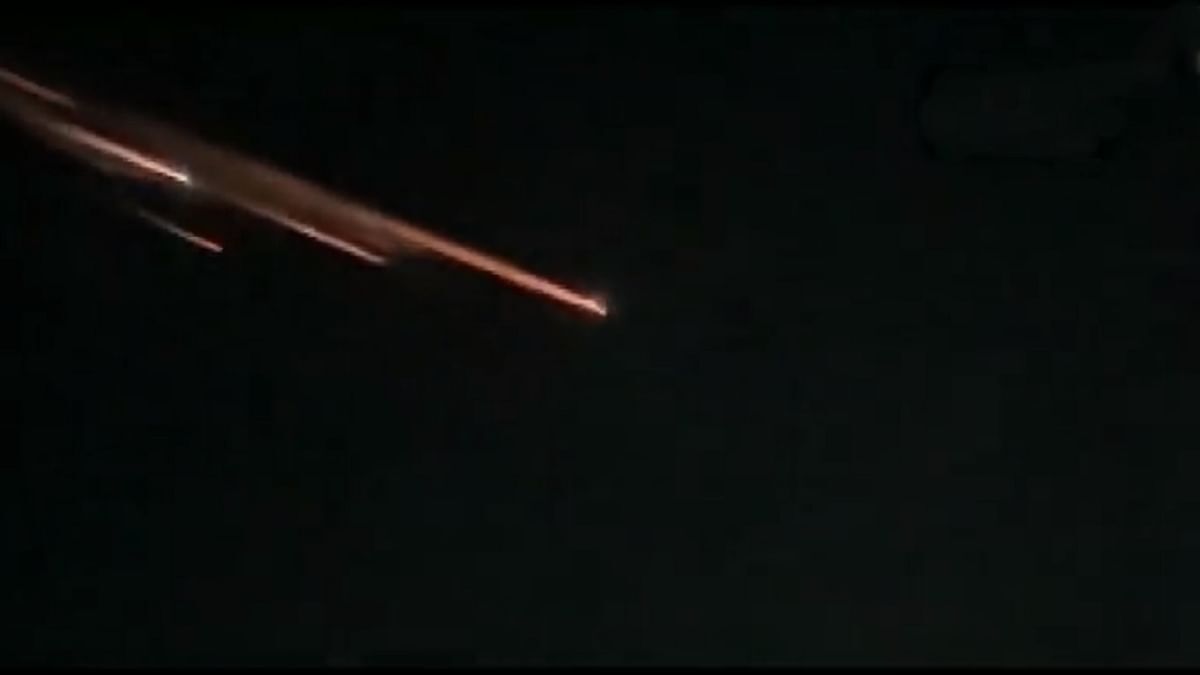
Meteor or falling satellite? Streak of light sparks rumours in Maharashtra village
A metal ring and a cylinder like object were later found in two villages of Maharashtra’s Chandrapur district

A streak of light was seen across the night sky over Maharashtra and Madhya Pradesh late on Saturday night, setting the social media abuzz. The ANI released the footage of at least five streaks of fast-moving lights across the sky. Sightings were reported from Nagpur and surrounding areas in Maharashtra and Jhabua, Barwani, Betul and Bhopal districts in Madhya Pradesh.
Later, officials found a metal ring and a cylinder-like object in two villages of Maharashtra’s Chandrapur district, which were reported to have fallen from the sky. The falling objects had triggered some panic, but officials with the Chandrapur administration said the situation was under control, according to an Indian Express report.
A metal ring of 8-10 ft diameter was found at Ladboli village in Sindewahi tehsil of Chandrapur district in Maharashtra around 7.30-8 pm on Saturday. The object has been collected and kept at the police station, the Indian Express quoted Chandrapur district collector Ajay Gulhane as saying. Gulhane further added that a metallic cylindrical object of 1-1.5 feet diameter was found at Pavanpad village in the area on Sunday morning.
The newspaper further quoted some experts who said they believed the parts belonged to a Chinese satellite. After a satellite’s duration of orbiting, it is usually destroyed in a controlled manner, but it appeared that this satellite went out of control and entered the earth’s atmosphere, they said, while mentioning that such an incident has happened in the state after nearly 14-15 years ago.
However, NDTV quoted a top functionary of the Ujjain-based Jiwaji Observatory who said it appeared to be meteorites, a common phenomenon. According to one definition, meteorite is a solid piece of debris from an object that originates in outer space and survives its passage through the earth’s atmosphere to reach the surface.

